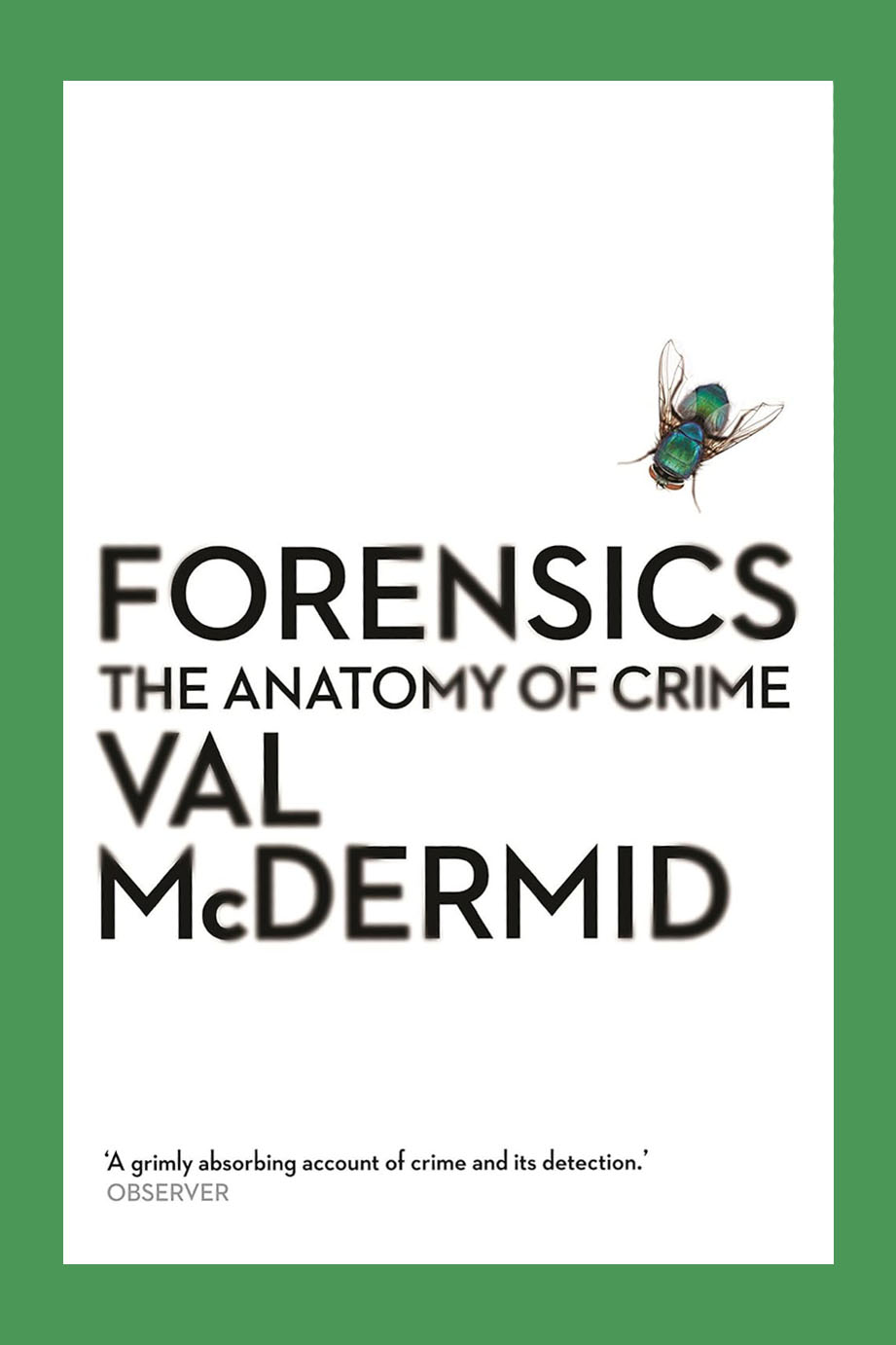Description
Val McDermid picks up the scalpel to uncover the secrets of forensic medicine, from the crime scene to the courtroom…
2016 Winner of – Anthony Award for Best Critical/Non-Fiction book at Bouchercon in New Orleans.
The Magic of Forensics…
Where you see an innocuous wheel brace, Val McDermid sees a murder weapon, motive and killer plotline. Val has been keeping people on the edge of their seat for the past 25 years, presiding as one of the UK’s top crime writers, elevating the suspense genre to high art. Her endless reinventions of the genre have provoked shock and plaudits from critics across the world.
Most recently, she’s turned her attention to the history of forensics and the real-life stories underpinning her creations. She traces the science all the way back to the investigation of a multiple stab-wound in ancient China through to the first autopsy performed by Julius Caesar. Here, Val takes us through science’s grisliest footnotes.
Val McDermid – Forensics: genetic fingerprints and the case of Dr Crippen
The story of Dr Crippen and how DNA profiling on descendants has cast doubt on whether or not he was guilty of the crime for which he was charged and executed in 1910.
Val McDermid – Forensics: the importance of humanity
The case of PC Sharon Beshenivsky, who was murdered in 2005, relied on the painstaking forensic examination of the crime scene and diligent detective work to find her killer.
Forensics – The Anatomy of Crime
Stand Alone – non-fiction
- A Place of Execution (HarperCollins, 1999)
- Christmas is Murder (Little, Brown Book Group, 2000)
- Killing the Shadows (HarperCollins, 2001)
- Stranded (Little, Brown Book Group, 2005)
- The Grave Tattoo (HarperCollins, 2006)
- Cleanskin (HarperCollins, 2006)
- Trick of the Dark (Little, Brown Book Group, 2010)
- My Granny is a Pirate (Orchard Books, 2012)
- The Vanishing Point (Little, Brown Book Group, 2012)
- Northanger Abbey (HarperCollins, 2014)
- Forensics – The Anatomy of Crime (Profile Books, 2014)
- My Scotland (Little, Brown Book Group, 2019)
- Imagine a Country (Canongate Books, 2020)
- Resistance (Profile Books, 2021)
- Winter (Hodder Press, 2025)






